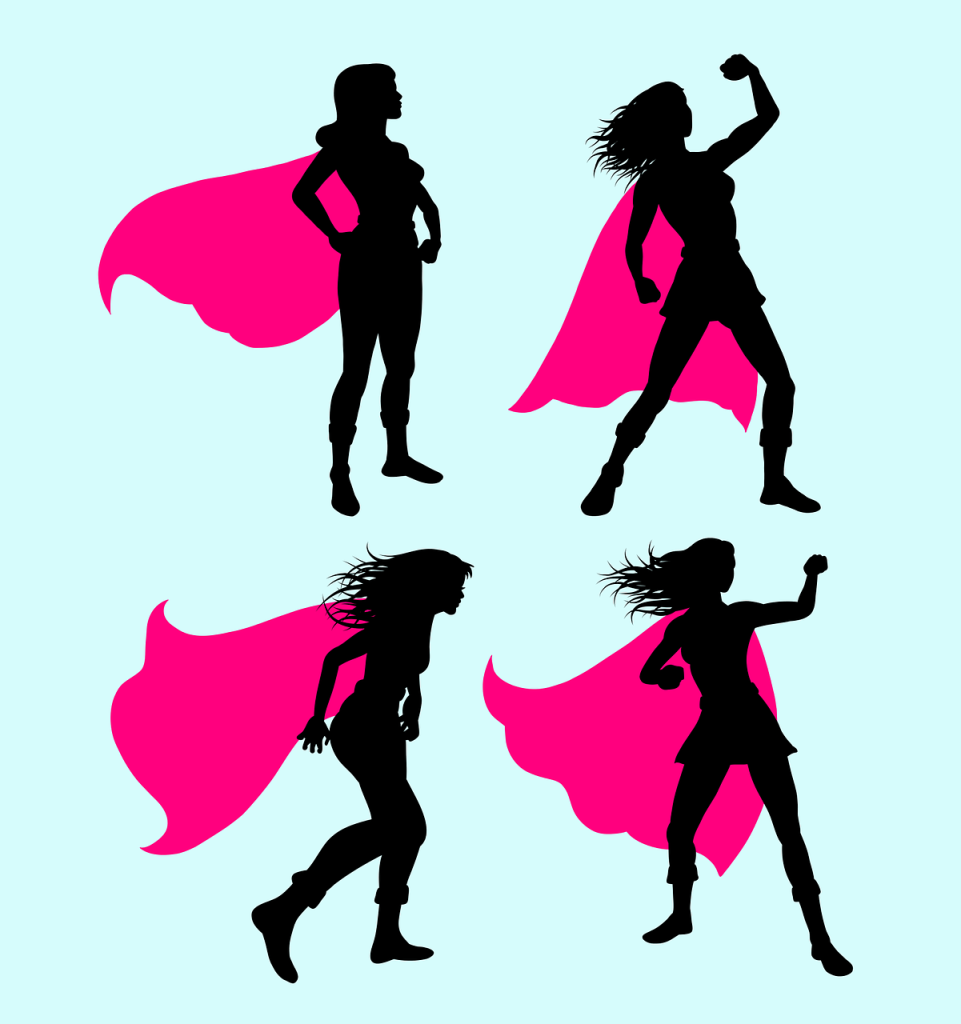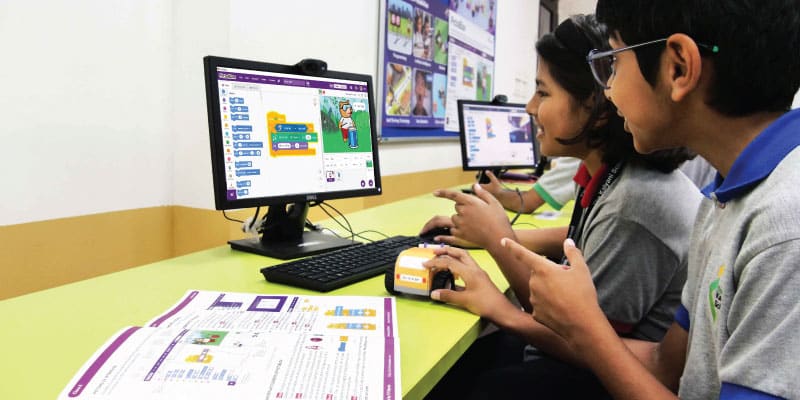Women – usually called the better halves of men, ideally speaking, make-up 50% of the global human population. Given the patriarchal beginnings of culture in humanity which has brought about a huge suppression in women’s rights and duties, we also see how some very remarkable women have stood up against the tide and made an immense contribution to the world’s sciences. Be it commercial, scientific, technical or anything under the blue heavens, women have reminded us of their exceptional abilities. Let us bow down to them and honour them with this article which shows its gratitude to some awesome ladies for their contributions in STEM.
Augusta Ada King, The Countess of Lovelace
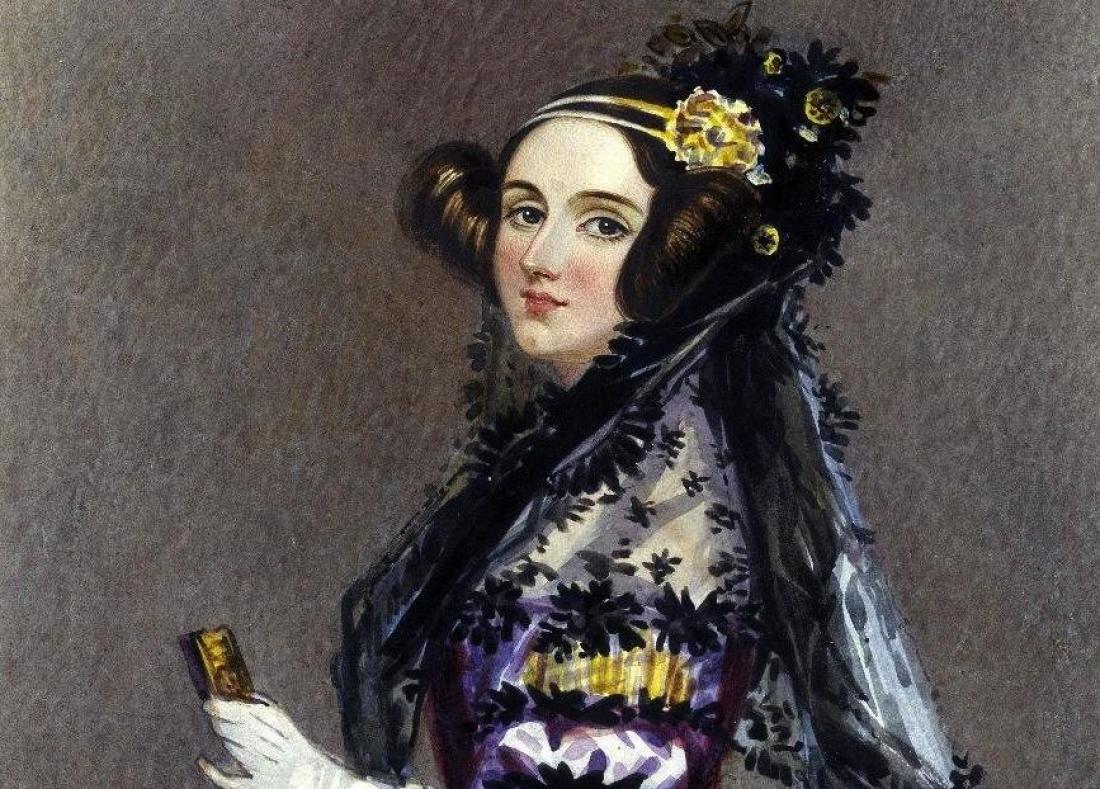
Believe it or not, Lady Ada Lovelace, a baroness born to Lord Baron was not only a royal being to the definitions of royalty but was indeed someone who made royal contributions to technology. Often quoted as the first computer programmer of the world, Lady Lovelace effectively added to the work of Charles Babbage, often called the father of computers. Lady Lovelace, while fighting the stereotypes of the 19th century, made the best of her time with what we call the first computer. Her notes written with the English transcription of Babbage’s lecture on the Analytical Machine are, effectively speaking, the first ever written computer program in the history of computation and made her mark in history.
Marie Sklodowska Curie
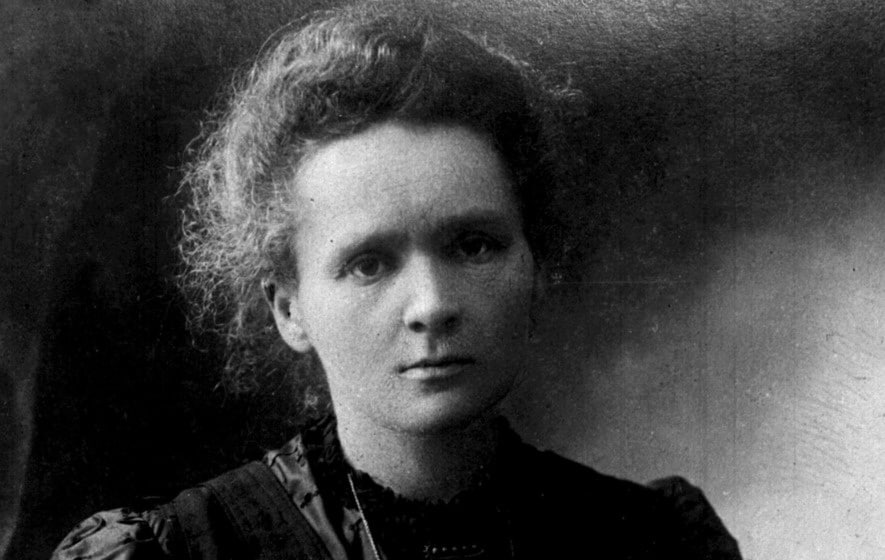
While many know her as the lady who discovered radiation and its likes, Marie Sklodowska Curie was a woman who upheld her identity attached to her nation. Being the woman who was the first to win a Nobel prize and the only one to win it twice in two different sciences, Marie was more than just a scientist. Her achievements included the development of the theory of radioactivity (a term that she coined), techniques for isolating radioactive isotopes, and the discovery of two elements, polonium and radium. Under her direction, the world’s first studies into the treatment of neoplasms were conducted using radioactive isotopes. She founded the Curie Institutes in Paris and in Warsaw, which remain major centres of medical research today. During World War I, she developed mobile radiography units to provide X-ray services to field hospitals.
While a French citizen, Marie Skłodowska Curie, who used both surnames, never lost her sense of Polish identity. She taught her daughters the Polish language and took them on visits to Poland. She named the first chemical element she discovered polonium, after her native country. Her sense of love for her country lives on in the spirit of her scientific discoveries.
Katherine Johnson
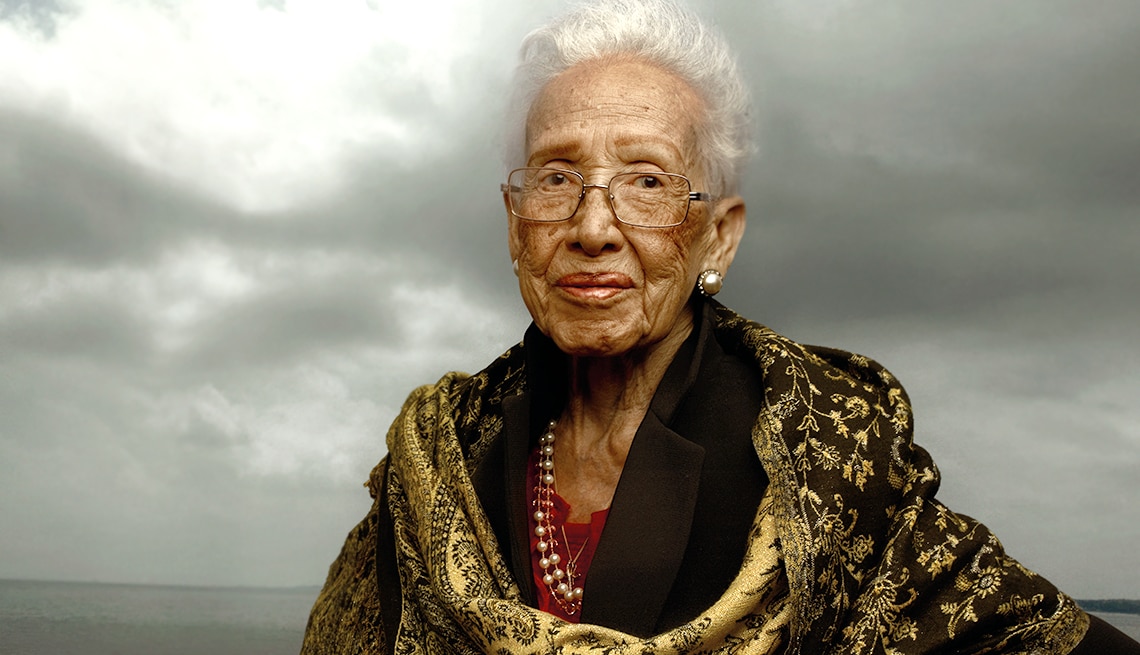
Katherine Coleman Goble Johnson (August 26, 1918 – February 24, 2020) was an African-American mathematician whose calculations of orbital mechanics as a NASA employee were critical to the success of the first and subsequent U.S. manned spaceflights. During her 35-year career at NASA and its predecessor, she earned a reputation for mastering complex manual calculations and helped the space agency pioneer the use of computers to perform the tasks.
Johnson’s work included calculating trajectories, launch windows and emergency return paths for Project Mercury spaceflights, including those of astronauts Alan Shepard, the first American in space, and John Glenn, the first American in orbit, and rendezvous paths for the Apollo lunar lander and command module on flights to the Moon. Her calculations were also essential to the beginning of the Space Shuttle program, and she worked on plans for a mission to Mars. In 2015, President Barack Obama awarded Johnson the Presidential Medal of Freedom. She was portrayed by Taraji P. Henson as a lead character in the 2016 film Hidden Figures.
Having been working as an African American woman in science must have been an ordeal in its own right. We can not stress the beauty of her career and her achievements in the adversities she may have faced.
Rajeshwari Chatterjee
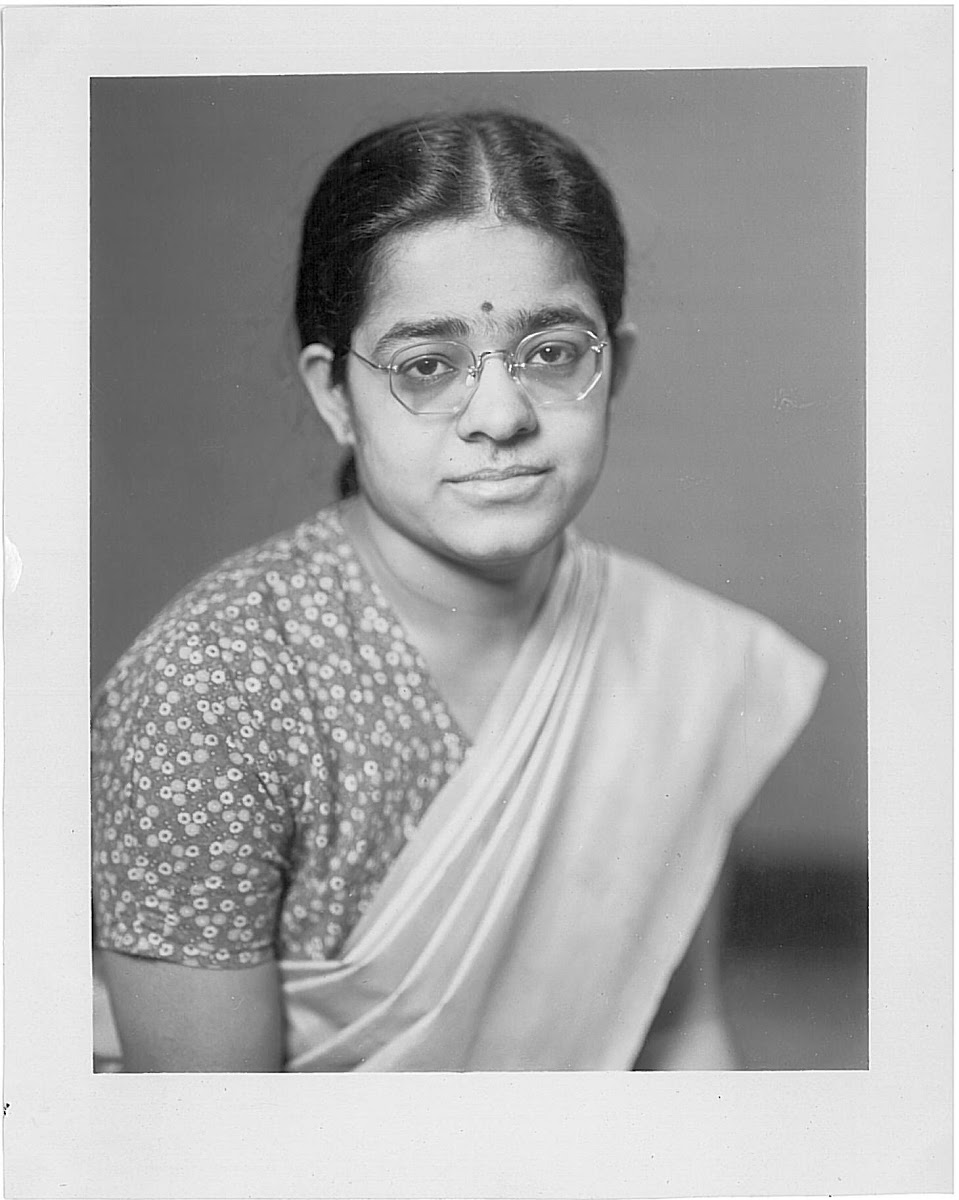
Rajeshwari Chatterjee, the first woman to be appointed as a faculty at one of the most reputable institutes of India, IISc Bangalore, is one the unsung heroines of STEM in India. Born and brought in Karnataka, she did her schooling in a special English School founded by her grandmother, who herself was a pioneer in women’s education. It was perhaps her grandmother’s influence that inspired her to pursue higher education. She pursued a B.Sc (Hons) and M.Sc in Mathematics and was awarded the Mummadi Krishnaraja Wodeyar Award, the M.T. Narayana Iyengar Prize, and the Walters Memorial Prize for her outstanding performances in the B.Sc and M.Sc examinations.
At a time when it was unheard of women travelling abroad for studies, Rajeshwari Chatterjee was recognised as a bright student by the Government of Delhi and given the scholarship to pursue higher studies overseas upon receiving which she sailed to the US and earned her master’s degree from the Department of Electrical Engineering at the University of Michigan.
During her tenure at IISc Bangalore, she was appointed as the Chairperson of the department of Electro-communication Engineering, a position she held for several years. She mentored 20 PhD students, wrote over 100 research papers and seven books related to microwave engineering and antennae, and received several awards for her contribution and works in the field of Microwave Engineering. She is the epitome of what a woman is capable of and is a perfect role model for all the young girls aspiring to establish themselves in the field of STEM.
Kalpana Chawla
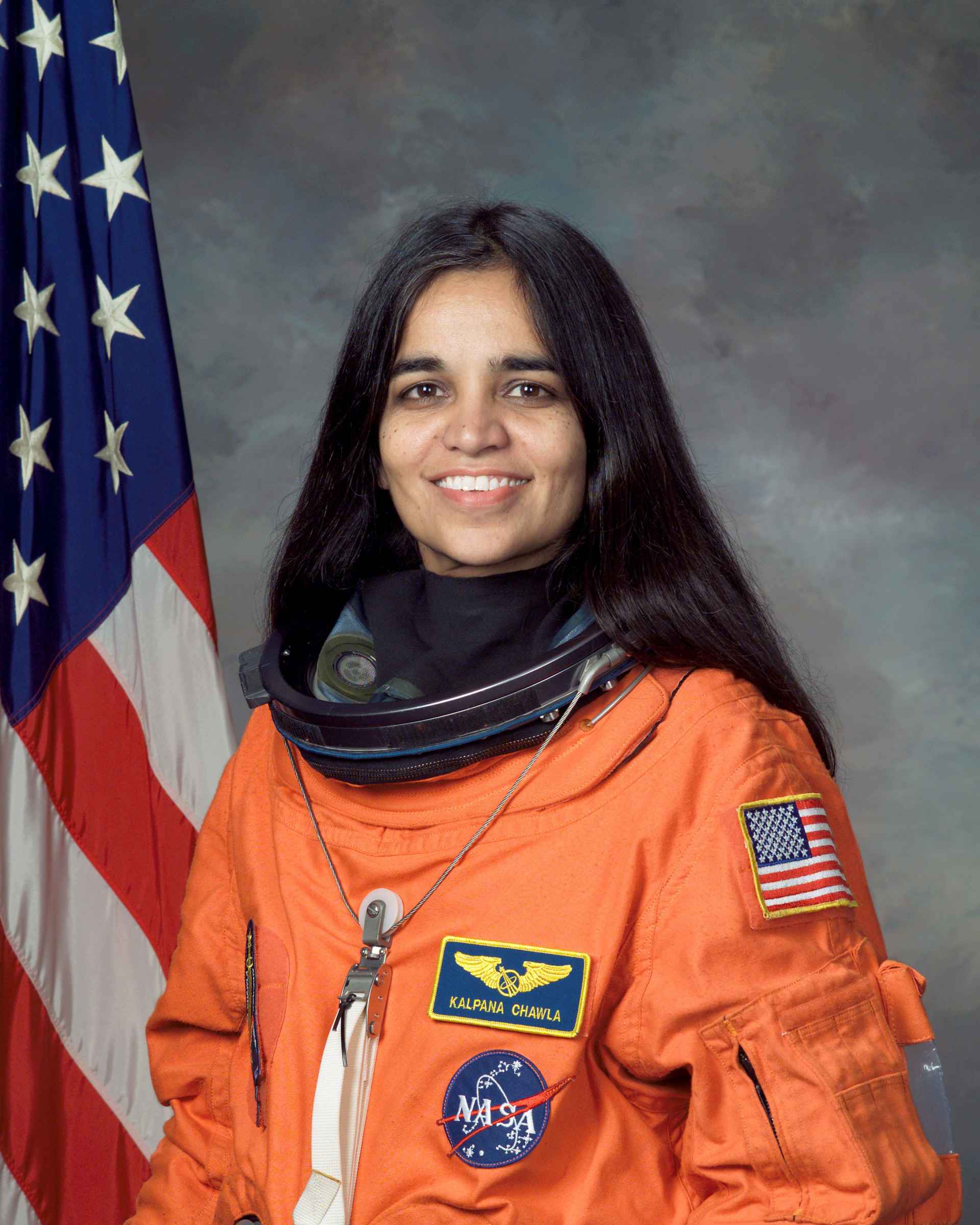
Kalpana Chawla was an American Astronaut and the first woman of Indian origin to go into space. During her lifetime, she went on two space missions, one in 1997, a mission specialist and primary robotic arm operator, and the second in 2003, which resulted in her death along with that of her other six crew members and went on to be called the Space Shuttle Columbia Disaster.
Kalpana Chawla was fascinated by aeroplanes since childhood. While other children drew forests and mountains, she used to draw aeroplanes flying among the clouds. Her dream was to become a flight engineer which turned into reality owning to her uncrushable determination and her mother’s unconditional love and support. She obtained a Bachelor’s of Engineering in Aeronautical Engineering from Punjab Engineering College, India and went on to obtain an M.Sc in the same from the University of Texas at Arlington. She earned a second Masters in 1986 and a PhD in aerospace engineering in 1988 from the University of Colorado Boulder.
At the time of her death in the Space Shuttle Columbia disaster which occurred on 1 February 2003, Kalpana Chawla clocked had clocked 30 days, 14 hours, and 54 minutes in space. She was posthumously awarded the Congressional Space Medal of Honor. The University of Texas dedicated a Kalpana Chawla memorial at the Arlington College of Engineering in 2010. Several streets, universities and institutions have also been named in her honour.
In A Nutshell
Women are as capable as men in doing everything in every field. These five wonderful women are just a few of the countless superwomen out there who’ve enormously contributed to the field of STEM and proved against all odds that women have the capability to overcome every challenge thrown at them and emerge victoriously. These unsung heroines are the epitome of woman power and are the perfect role models for each young girl in the world who wishes to pursue STEM and make a difference.

